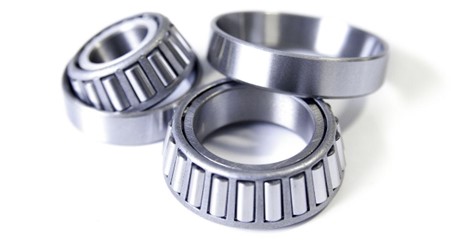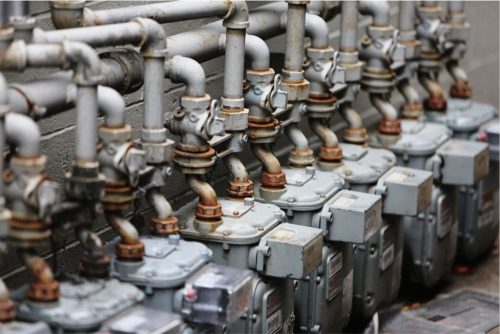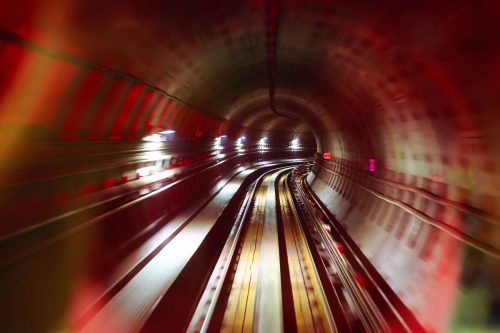
If your vehicle or machinery is making a cyclic chirping, squealing and /or growling noise, it’s possible you may need to replace its wheel bearings.
Replacing a wheel bearing is can be a relatively easy process if you know what you’re doing and have the correct tools.
In this blog article, we will provide a step-by-step guide of how to replace a wheel bearing on a vehicle or piece of equipment.
13 Steps to Replacing a Wheel bearing
Once you have determined that a wheel bearing replacement is necessary, here are some easy steps for you to follow.
1. Gather Your Equipment
First, gather all the equipment and materials you will need to replace your wheel bearings. This includes wheel chocks, a wheel brace or socket, jack, and grease to lubricate the new wheel bearing. You may want to have some penetrating oil on hand to help loosen any seized bolts.
Also, ensure you have purchased the correct new wheel bearing for your vehicle or machinery. The cost to replace a wheel bearing can vary, so be sure to shop around, but don’t compromise on quality.
Finally, make sure you have plenty of clean rags or paper towels handy to wipe up any mess that may occur during the repair process.
2. Stabilise Your Vehicle or Machinery
Once you have the necessary tools, it’s time to start the repair process. If you are going to be changing your wheel bearings, it is important that the vehicle or machinery remains stable.
Ensure the hand brake is on and place bricks or chocks on either side of each wheel.
If you are changing the front wheel bearings, you can twist the steering wheel to provide the most working space possible.
3. Loosen the Nuts
The next step is to loosen the nuts on the wheel using a wheel brace or socket. Do this by loosening the nuts in a crisscross pattern until they are no longer tight.
But remember only to loosen the nuts and not to remove them entirely just yet.
4. Raise the Vehicle or Machinery
Next, you’ll need to raise the vehicle by using a jack. Make sure the vehicle is raised high from the ground so that you have enough room to work.
You may want to place some newspaper or rags down on the ground before continuing, so you don’t get any oil or other debris on the flooring.
It is vital that you never work underneath any part of the vehicle without taking all necessary precautions to make it safe. There is no reason to go underneath the vehicle when changing your wheel bearings.
5. Remove the Nuts
Moving forward with the disassembly, we recommend keeping all parts in order, to ensure no parts or components get lost and to make the reassembly process easier.
With the vehicle raised, remove the nuts by unscrewing them with your wheel brace or socket. Then, remove the wheel and set it aside along with your nuts.
6. Remove the Brake Calliper and Bracket
Next, you need to remove the brake calliper and bracket.
First, remove the two bolts on the back of the brake calliper and the bracket using a ratchet and socket wrench. The calliper and bracket can now be set aside.
7. Remove the Outer Wheel Bearing
Now it’s time to remove the outer bearing. Do this by removing the outer wheel hub components, including the dust cap, nut, cotter pin, and washer.
Next, using pliers, remove the circlip holding the wheel bearing in place. Once the circlip is removed, you can remove the larger bearing.
8. Remove the Rotor and Inner Wheel Bearing
To remove the inner wheel bearing, you must first remove the rotor. The rotor should slide off easily. However, if there is corrosion on the rotor, it may be more challenging to remove.
If you have trouble, follow this video: How to Remove a Stuck Brake Rotor.
Then the smaller bearing should easily slip away. Now, the old wheel bearing can be discarded.
9. Install the New Wheel Bearings and Wheel Hub
Before installing the new bearing, we need to apply some grease to lubricate the new bearing. A good lubricant will also help keep moisture and dirt out of the vehicle’s wheel bearings.
For information on applying grease to the bearings: https://www.supercheapauto.com.au/blog/trailer-towing/replacing-trailer-wheel-bearings.htmlOnce the grease is applied, slide on the new inner wheel bearing, followed by the inner bearing outer track, brake disc, and inner track.
Then install the outer bearing followed by the thrust washer, castellated (castle) nut, cotter pin, and grease cap.
Make sure to use a new cotter pin as they are designed for single use only, and when used multiple times, the weak metal can break. Install a new cotter pin by pressing it through the hole in the axle and then bending it over so that it’s sticking out on both sides.
10. Reinstall the Brake Rotor and Calliper
Now the new wheel bearings are secured in the wheel’s hub, you can reinstall the brake rotor and calliper.
Reinstall the brake rotor and calliper by sliding them over the axle, lining up the bolt holes, and tightening the bolts back on with a socket.
11. Install the tyre
Now it’s time to reattach the vehicle’s tyres.
Slide the tyre over the axle and line up the bolt holes and tighten in a crisscross pattern using a wheel brace or socket until they are all snug.
12. Lower Your Vehicle
Carefully lower your vehicle back onto the ground.
Once your vehicle is back on all fours, remove the jack stands and the bricks or chocks that were stabilising the wheels.
13. Test Drive Your Vehicle!
Take your newly replaced wheel bearings for a test spin! Drive slowly at first to ensure the wheels have been reattached correctly.
After the wheel bearing replacement, you should notice that your vehicle provides a smoother drive.
Wheel Bearing Kits at Statewide Bearings
Are your bearings needing to be replaced? Contact Statewide Bearings for all your bearing needs! We have a wide selection of wheel kits and can help you find the perfect one for your vehicle. Contact us today!
Note: this article is a guide only. It is recommended to have a professional to complete the repair.



